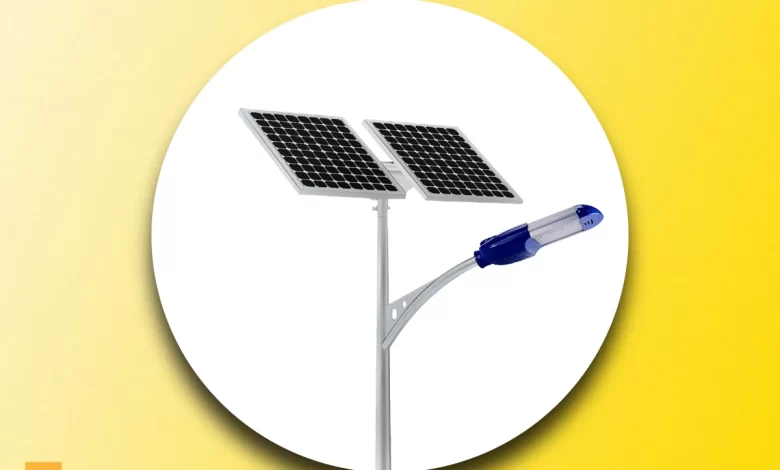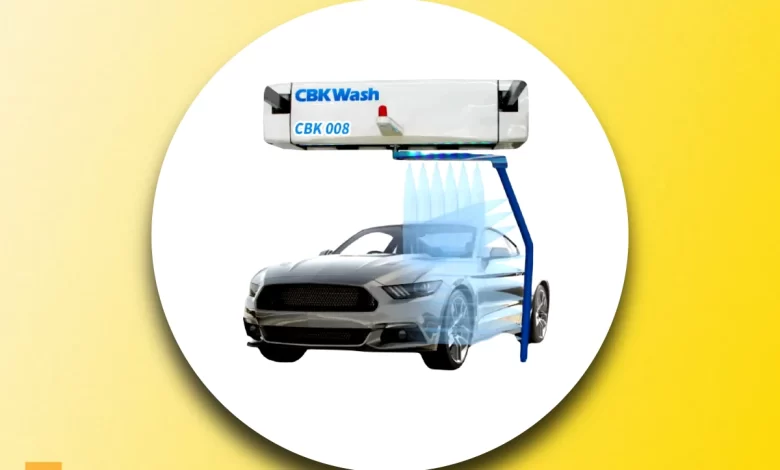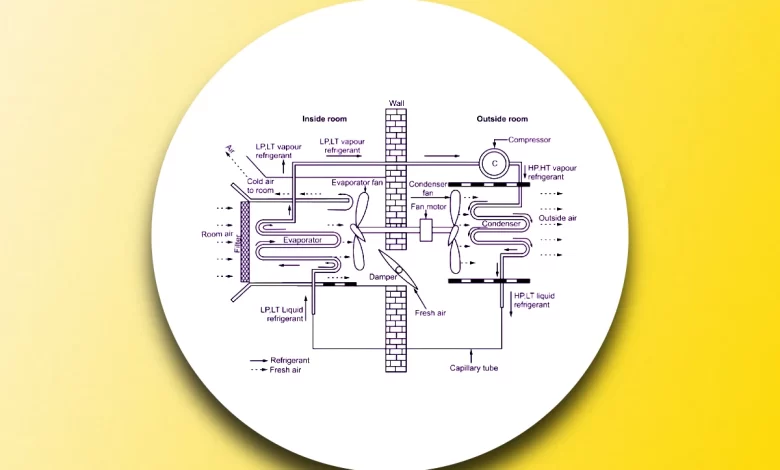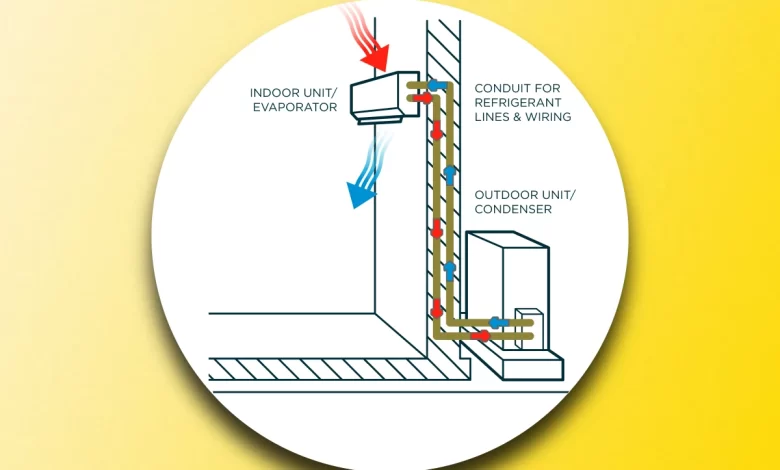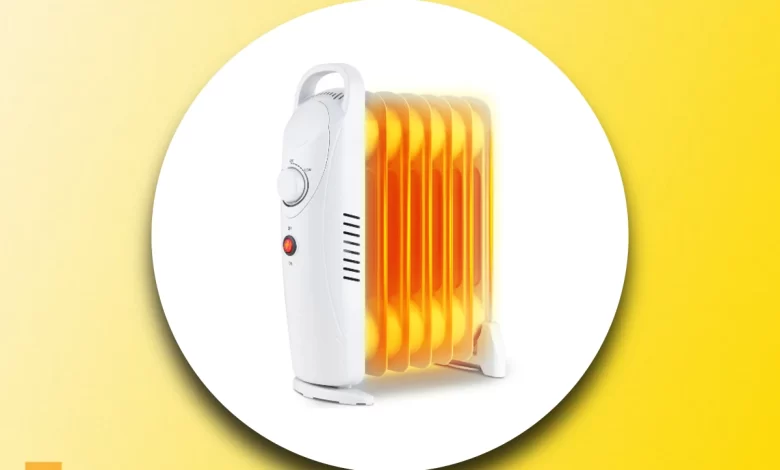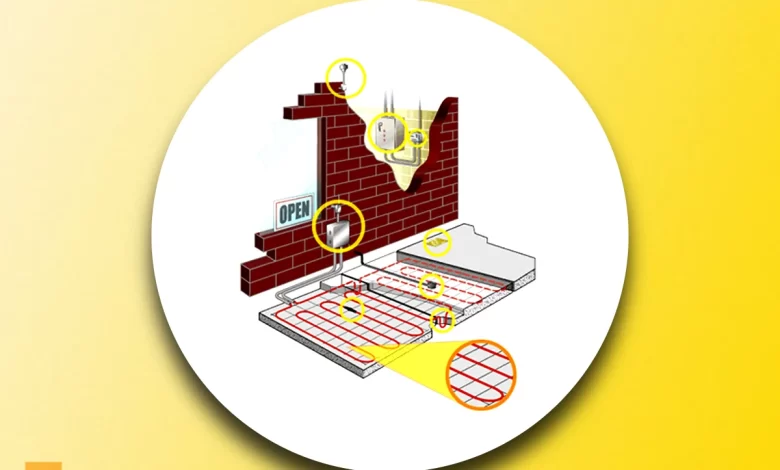Amazon wishlists, an integral part of the world's largest online marketplace, serve a dual purpose – simplifying the shopping experience for buyers and offering a treasure trove of data-driven opportunities for sellers. For buyers, Amazon wishlists are a convenient means to organize their shopping aspirations. When they stumble upon a product they desire but aren't ready to purchase immediately, they can add it to their wishlist with a simple click. Wishlists can be categorized, prioritized, and shared with friends and family, making them a versatile tool for gift planning and shopping management. Buyers can also set price alerts, allowing them to receive notifications when their desired items go on sale, ensuring they snag the best deals. On the flip side, for sellers, wishlists provide invaluable insights into consumer preferences and market trends. By monitoring which products buyers are adding to their wishlists, sellers can tailor their inventory to meet demand. Additionally, sellers can offer exclusive discounts or promotions to entice wishlist users to make a purchase. Leveraging wishlists as a marketing tool, sellers can engage potential customers directly, providing a personalized shopping experience. In this comprehensive guide, we'll delve into the intricacies of Amazon wishlists, exploring how they work for…
Technology
Solar lights, those ingenious fixtures adorning gardens, pathways, and even homes, have a captivating secret hidden beneath their sleek exteriors. They are more than just sources of illumination; they are emissaries of renewable energy, efficiency, and environmental sustainability. At the core of these illuminating marvels lies a process known as the photovoltaic effect. Solar panels, typically composed of semiconductor cells, are the key players. When sunlight graces these panels, a mesmerizing transformation unfolds. The photons in sunlight excite electrons within the cells, prompting them to break free from their atoms and generate a direct current (DC). This electricity is then stored within rechargeable batteries, patiently awaiting the moment it's needed. As twilight envelops the landscape, a controller, akin to an orchestra conductor, orchestrates the flow of electricity from the battery to power energy-efficient LED lights. These lights, designed to consume minimal energy while emitting a radiant glow, cast a warm and inviting aura upon the surroundings. This elegant synergy between technology and nature results in an eco-friendly, cost-effective, and versatile lighting solution that's revolutionizing outdoor illumination. Join us on a journey to unveil the mysteries of solar lights as we delve into their inner workings, explore the benefits they bring…
In the realm of automotive care, touchless car washes have emerged as a beacon of modernity and efficiency. But how exactly do these marvels of technology work their magic on our cherished vehicles? Let's embark on a journey to unveil the secrets of touchless car washes, where precision meets power to deliver a showroom-worthy clean. The process begins with a pre-wash rinse, where your vehicle is drenched by powerful high-pressure water jets. This initial shower serves to loosen and remove loose dirt, dust, and debris that may have accumulated on your car's surface. Next comes the chemistry of cleaning, as specialized cleaning agents are applied. These agents are no ordinary soaps; they're formulated to tackle the most stubborn of contaminants, like bird droppings and tree sap. They work diligently to break down these nuisances, preparing your vehicle for the main event. The heart of the touchless car wash lies in the high-pressure wash stage. Here, precisely calibrated water jets take center stage, dancing across your car's exterior with the force of a cleansing tornado. It's a symphony of precision, dislodging and obliterating any remaining dirt and grime. The result is a vehicle that's not just clean but immaculate, all achieved…
In the sweltering heat of summer, window air conditioning units become our allies in the battle against soaring temperatures. But have you ever wondered how these humble appliances manage to turn hot, muggy air into a cool and comfortable oasis? Let's take a peek behind the scenes and unravel the intricate workings of window AC units. At their core, window AC units are designed to regulate the temperature and humidity of a confined space, such as a single room or a small apartment. They achieve this feat through a sophisticated process that involves several key components working in harmony. The cooling process begins when warm indoor air is drawn into the unit through a vent, often equipped with a filter to improve indoor air quality. Inside the unit, an evaporator coil filled with cold refrigerant awaits. As the warm air passes over this coil, the refrigerant absorbs the heat, transforming the air into a refreshingly cool breeze. Simultaneously, excess moisture in the air is removed, contributing to dehumidification. Once the air is chilled and dehumidified, a blower fan propels it back into the room, ensuring even distribution of the cool air. Meanwhile, the absorbed heat is transferred to a condenser…
Split AC units are a marvel of modern cooling technology, quietly and efficiently providing respite from the sweltering heat of summer. But have you ever wondered how these systems work their magic? In this comprehensive guide, we delve deep into the intricate mechanisms that power split AC units, demystifying their operation for you. At the heart of every split AC system are two main components: the indoor unit and the outdoor unit, connected by refrigerant lines. These units collaborate seamlessly to maintain the desired indoor temperature. The process begins as warm air from the room is drawn over the indoor unit's evaporator coil. This coil contains a cold refrigerant that absorbs heat from the air, transforming it into a refreshing breeze. But it doesn't end there. The journey continues as the refrigerant travels to the outdoor unit, where the compressor works its magic by pressurizing the gas, making it even hotter. The outdoor unit's condenser coil then releases this heat into the outside environment, completing the cycle. Split AC units also offer several advantages beyond cooling. They help improve indoor air quality through built-in filters that capture dust and allergens, and some models even come with heating capabilities, making them…
Electric radiators, those efficient heating marvels, often go unnoticed until the chill of winter sets in. But have you ever wondered how these unassuming devices work their magic, effortlessly transforming electrical energy into cozy warmth? Let's unravel the science behind electric radiators and gain insights into their operation. At their core, electric radiators rely on a simple yet effective principle—resistance heating. The magic happens within a resistive element, usually crafted from materials like nichrome or ceramic. When an electric current flows through this element, it encounters resistance, producing heat as a byproduct. This generated heat then radiates into the room, warming the surroundings and creating a comfortable indoor climate. Electric radiators come in various forms, each with its own unique approach to heating. From convection heaters that silently warm the air through natural circulation to radiant heaters that emit infrared radiation for spot heating, there's a diverse array of options. Oil-filled radiators, on the other hand, employ diathermic oil as a heat reservoir, offering long-lasting warmth even after the heating element is switched off. Understanding the inner workings of electric radiators can help you make informed choices when it comes to heating your home or workspace efficiently. So, whether you're…
Oil-filled space heaters, often regarded as quiet champions of home heating, have earned their place as efficient and reliable solutions for combating the winter chill. But what sorcery do they employ to transform a room from frigid to cozy? The answer lies in the intricate dance between convection, diathermic oil, and clever engineering. When you switch on an oil-filled space heater, you initiate a process that hinges on the concept of convection. Unlike conventional heaters that heat the air directly, these marvels use diathermic oil as their secret weapon. This specially formulated oil is sealed within the heater's core, acting as a reservoir for thermal energy. As electricity courses through a concealed heating element, it imparts its warmth to the diathermic oil, causing its temperature to gradually rise. The heated oil then embarks on a journey through radiator fins strategically positioned within the heater. Here, the magic of convection takes center stage. As the hot oil flows through these fins, it radiates heat into the surrounding air. The warm air rises, creating a gentle and consistent flow of warmth throughout the room. This convection-based approach ensures that there are no uncomfortable hot spots or cold drafts, providing you with a…
Torque wrenches, those unassuming yet indispensable tools, are often the unsung heroes of many mechanical endeavors. These precision instruments play a vital role in ensuring that bolts and nuts are tightened to just the right degree, preventing over-tightening that could lead to damage or under-tightening that might result in loose connections. But how do torque wrenches work their magic? At their core, torque wrenches are all about applying torque, which is a rotational force, with precision. The magic happens within their inner mechanisms, each type of torque wrench having its unique way of achieving this accuracy. From the simplicity of beam torque wrenches to the user-friendly click-type wrenches, the precision of dial-type wrenches, the high-tech wizardry of electronic torque wrenches, to the raw power of hydraulic torque wrenches, they all share the common goal of ensuring that when you turn that bolt, you do it just right. In this exploration, we'll dive deep into the mechanics of torque wrenches, dissecting their inner workings, discussing their various types, and uncovering the practical applications that make them indispensable in industries ranging from automotive to aerospace. So, whether you're a seasoned mechanic or a DIY enthusiast, understanding how torque wrenches work will empower…
Heated sidewalks, the unsung heroes of winter urban infrastructure, offer a warm embrace amidst freezing temperatures. But have you ever wondered about the magic beneath your feet? In this exploration, we unravel the intricate mechanisms that power these systems and keep our pathways free from snow and ice. Two main types of heated sidewalk systems dominate the scene: electric and hydronic. Electric systems feature heating cables or mats seamlessly embedded within the pavement, akin to hidden heaters. These cables are wired to a vigilant thermostat that tirelessly monitors surface conditions. When the temperature drops below a preset threshold, the system springs into action, generating heat that radiates upward, swiftly melting any snow or ice that dare to settle. On the other hand, hydronic systems take a fluid approach, utilizing a network of pipes snaking beneath the sidewalk's surface. These pipes brim with a mixture of water and antifreeze. A boiler unit, the heart of the system, warms this liquid, and a circulation pump sets it in motion. As the heated mixture courses through the pipes, it transfers its warmth to the pavement above, ensuring a safe and snow-free pathway. This blog delves deeper into the nuances of electric and hydronic…
Heated pools offer a slice of paradise, providing a warm and inviting escape regardless of the season or climate. But have you ever wondered about the science behind the comfort? How do heated pools work their magic, transforming ordinary water into a soothing, year-round retreat? At their core, heated pools rely on various heating systems to elevate the water temperature to the desired level. One common method employs electric heaters, where electric resistance elements generate heat that is transferred to the pool water through a heat exchanger. This approach is known for its quick results and precise temperature control, making it a popular choice among pool owners. Another option is gas heaters, which utilize natural gas or propane to produce heat. These heaters boast rapid and consistent heating capabilities, ensuring that your pool remains warm even during chilly weather. Their combustion chambers burn the gas, generating hot gases that pass through a heat exchanger, ultimately warming the pool water. For those with an eco-conscious mindset, solar heaters offer a sustainable solution. Solar panels capture the sun's energy and use it to heat a fluid within the panels, typically water or a heat-transfer fluid. This heated fluid is then circulated through…

